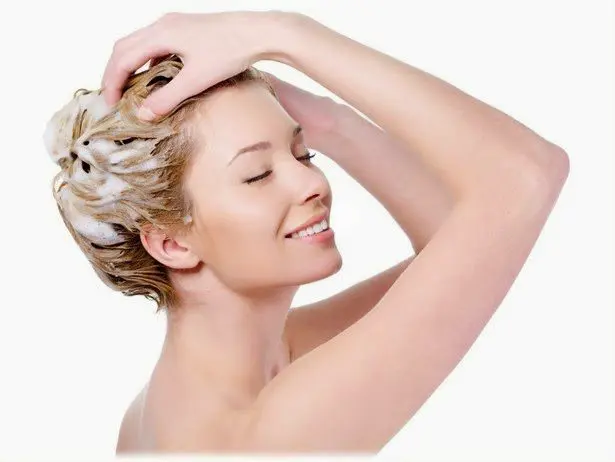Contents
😉 Greetings to all subscribers and visitors of the site! In the article “Tips of a trichologist for hair care: masks, rubbing” on how to do these procedures correctly – before or after washing, how much to keep, how to rinse. Video on this topic. Do you want beautiful and healthy hair? Heed the advice of professionals.
Who is a trichologist? This is a specialty dermatologist who deals with the elimination of hair and scalp problems.
Trichologist’s advice
Products based on medicinal plants, clay and berries can be of great help in treating hair. They can be used as rinses, rubbing in, ointments and creams, as well as in the form of various compresses and masks. It is not difficult to apply them, but it is still better not to neglect some of the rules.

Rubbing
For this procedure, infusions and decoctions of herbs, creams, oils and ointments are used. It is advisable to rub in before washing, but the scalp should be moist. A little bit of the product is applied to the hands and then rubbed into the scalp with massaging movements.
You need to process the entire surface, pushing each strand apart. Particular attention should be paid to problem areas – where hair falls out or itching is felt. After half an hour – an hour, you need to wash your hair to remove the remnants of the product. Failure to do this will leave dirty spots on your pillow.
Compresses
The compress is applied to the hair in the same way as rubbing in, but for a longer period with the obligatory use of a warming cap. The product is evenly distributed over the entire length of the hair.
Then a shower cap or an ordinary plastic bag is put on, on top of which a towel is used. Compresses keep from 1 to 3 hours. Then they wash their hair in the usual way.
How to make hair masks correctly
This procedure bears some similarities to compresses, but shower caps or plastic are not used. You can only wrap your head with an old towel. The mask is applied to the scalp and spread over the entire length.
It is necessary to keep the remedy for half an hour to two hours, depending on the ingredients used and the desired result. It is undesirable to use masks based on oils more than twice a week so that the hair does not look greasy. For dry hair, you cannot use masks that contain alcohol.
Rinsing
For rinsing, infusions and decoctions of medicinal plants are used. To obtain an infusion – the grass, leaves or flowers are poured with boiling water and insisted for half an hour (sometimes it takes a longer time). Decoctions are most often prepared in a water bath from the roots or bark of plants.
The most important thing when preparing the rinse broth is to strain it well. This is best done through cheesecloth. If this is not done, the remaining particles of the raw material will become entangled in the hair, make it difficult to comb them and give the hair an untidy look. Rinsing is done after shampooing – as the final stage.
Pour a warm broth or infusion (if it is too hot, dilute it with cold water) into a basin, bend over it and, scooping up the liquid with a ladle, rinse thoroughly, massaging the scalp with your fingertips.
Finally, pour the product over the entire length of your hair, from roots to ends. Do not rinse with water. Cover your hair with a towel and dry naturally. Also, remember that many plants color the fabric, so it is not advisable to use white towels.
Take precaution
If you decide to use pharmacy products (oils, ointments and infusions) in the treatment of hair and scalp, strictly follow the instructions and strictly observe the dosage and frequency of use.
In any case, whichever method you use, check your skin for an allergic reaction. Especially if you have never used this remedy before. Do not apply it without first trying it on the bend of your elbow.
If itching, burning, redness, or peeling occurs within 2 hours after application, do not use this product. Most often, allergic reactions occur to berries, honey, citrus fruits and aloe.
Also note that some plants may add unwanted color. For example, chamomile can lighten dark hair by several tones, but if this is not part of your plans, it is better to refuse it.
Video
In this video, tips from a trichologist on hair care – detailed and useful information ↓
Friends, share this “Trichologist Hair Care Tips” article on social networks. 😉 Be always beautiful! Visit this site for new information!









